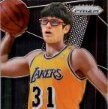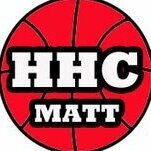What I think happened - and, dare I say - a Solution?
-
Similar Content
-
- 15 replies
- 728 views
-
- 158 replies
- 14,159 views
-
- 20 replies
- 1,200 views
-
- 289 replies
- 32,747 views
-
- 11 replies
- 765 views
-
-
Recently Browsing 0 members
- No registered users viewing this page.





Recommended Posts
Join the conversation
You can post now and register later. If you have an account, sign in now to post with your account.